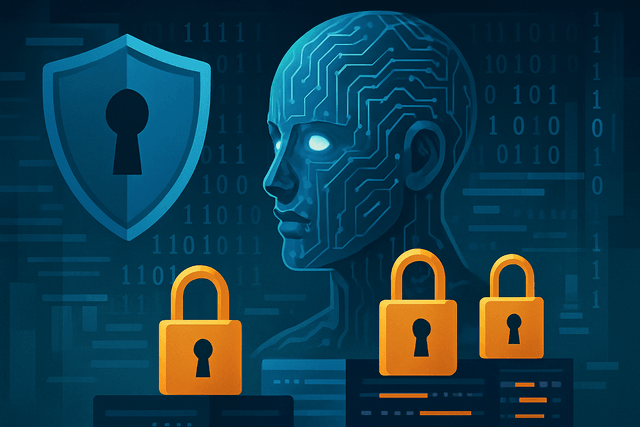In a significant move to establish standardized security practices for artificial intelligence, CISA and several partner agencies have published a new framework focused specifically on data security for AI systems.
The joint Cybersecurity Information Sheet, titled "AI Data Security: Best Practices for Securing Data Used to Train & Operate AI Systems," was released on May 22, 2025. The document represents a collaborative effort between CISA, the National Security Agency, the Federal Bureau of Investigation, and international partners including cybersecurity agencies from Australia, New Zealand, and the United Kingdom.
The guidance highlights that data security is fundamental to AI system integrity throughout the entire lifecycle - from development and testing to deployment and operation. It specifically targets organizations that rely on AI systems for day-to-day operations, including Defense Industrial Bases, National Security Systems owners, federal agencies, and Critical Infrastructure operators.
Among the key recommendations, the guide advises organizations to source reliable data and track data provenance, verify and maintain data integrity during storage and transport, employ digital signatures to authenticate trusted data revisions, leverage trusted infrastructure with Zero Trust architecture, and implement proper data classification with appropriate access controls.
"As AI systems become more integrated into essential operations, organizations must remain vigilant and take deliberate steps to secure the data that powers them," states the CISA announcement. The recommended mitigation strategies include adopting robust data protection measures, proactively managing risks, and strengthening monitoring, threat detection, and network defense capabilities.
This publication builds upon CISA's growing portfolio of AI security resources, which includes previous guidance on secure AI system development and deployment. It reflects the agency's commitment to addressing both the opportunities and potential risks that AI technologies present to national cybersecurity and critical infrastructure protection.

